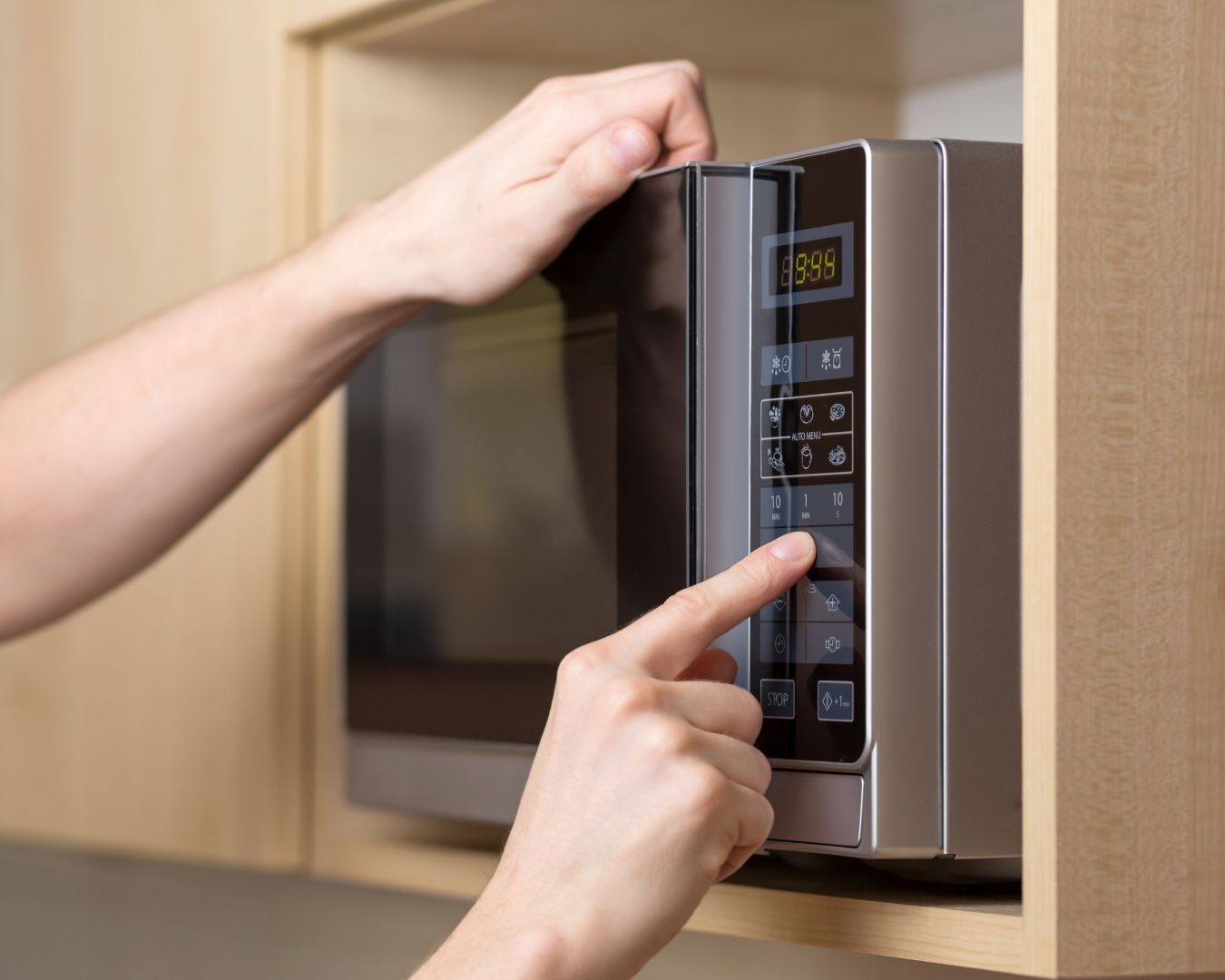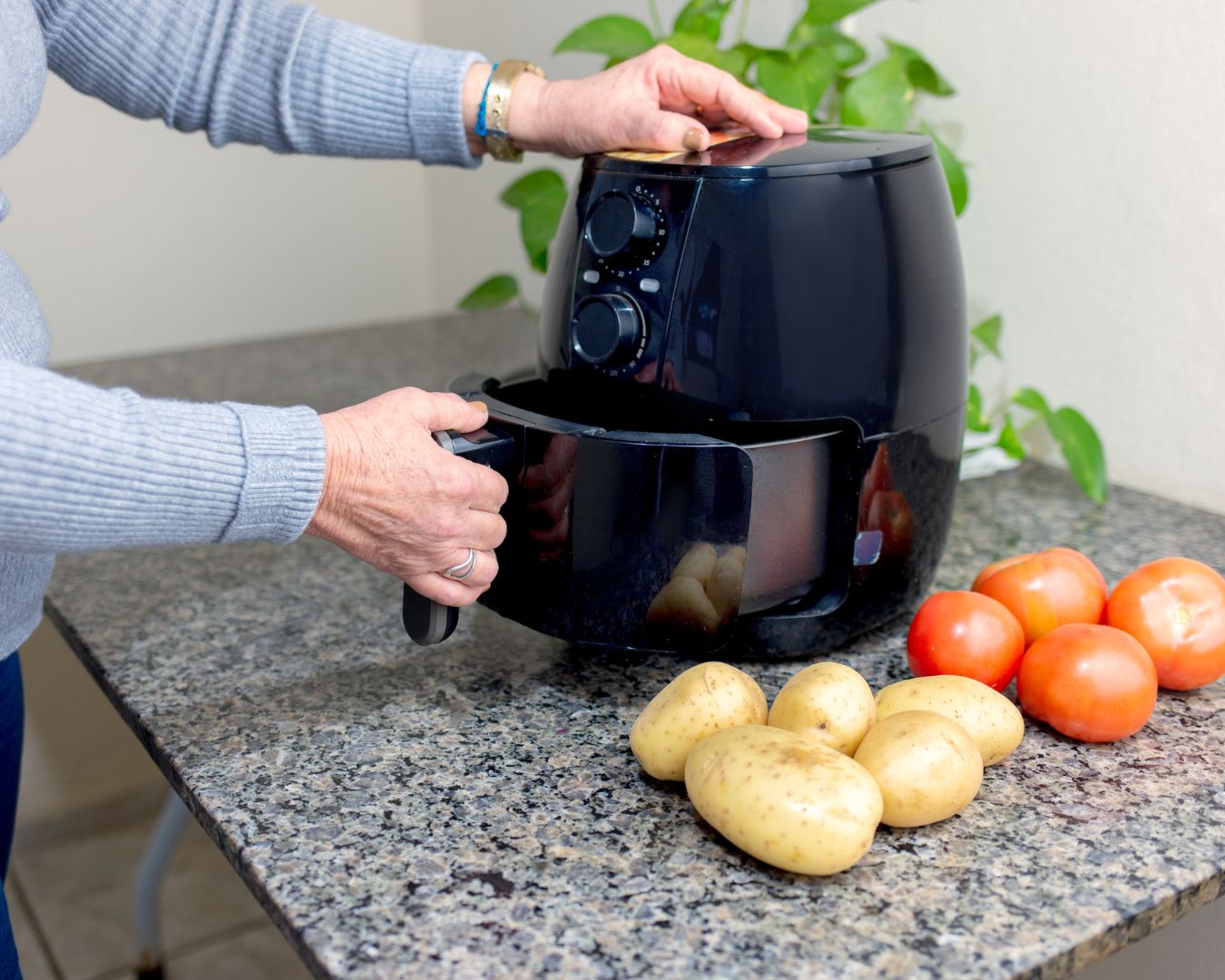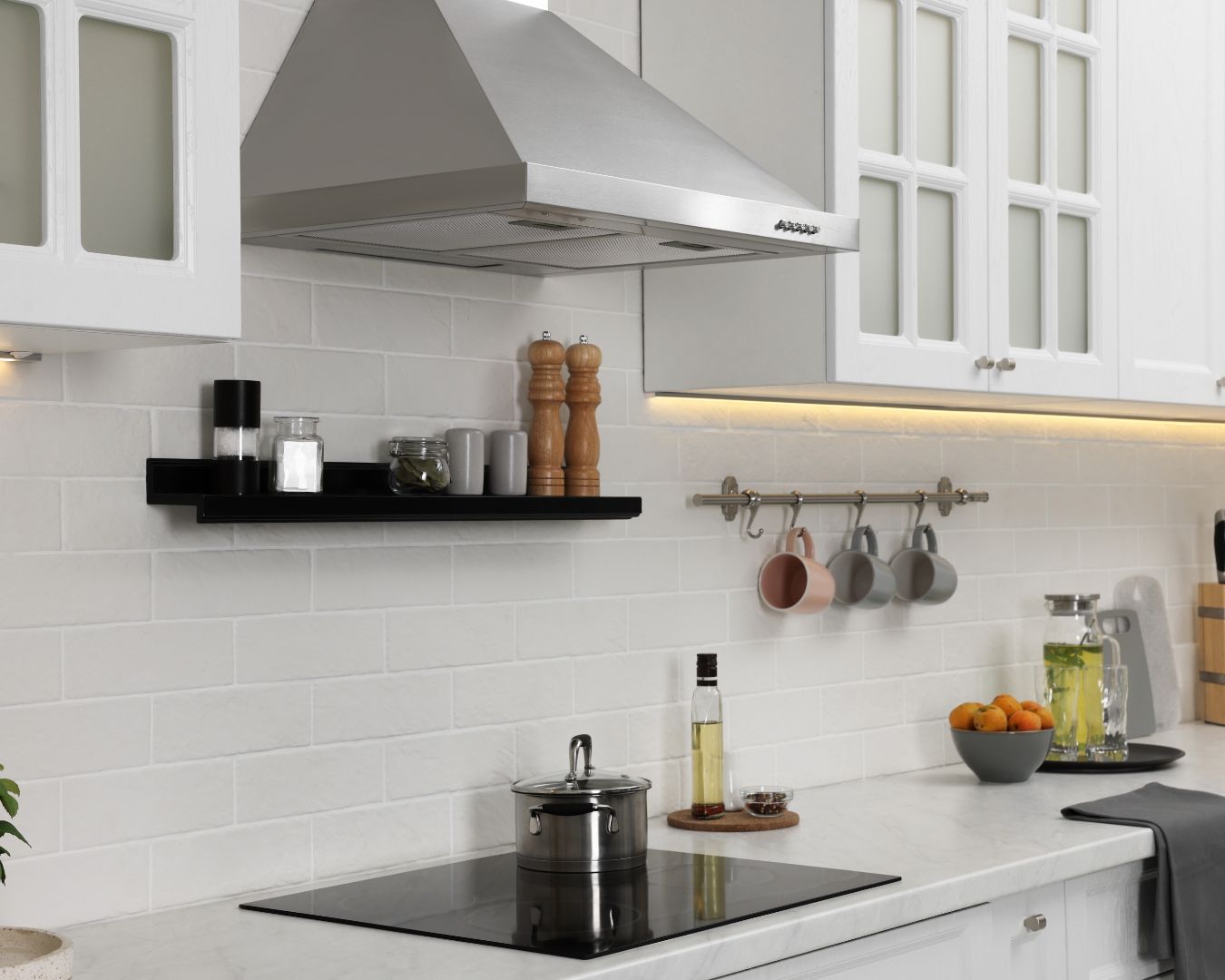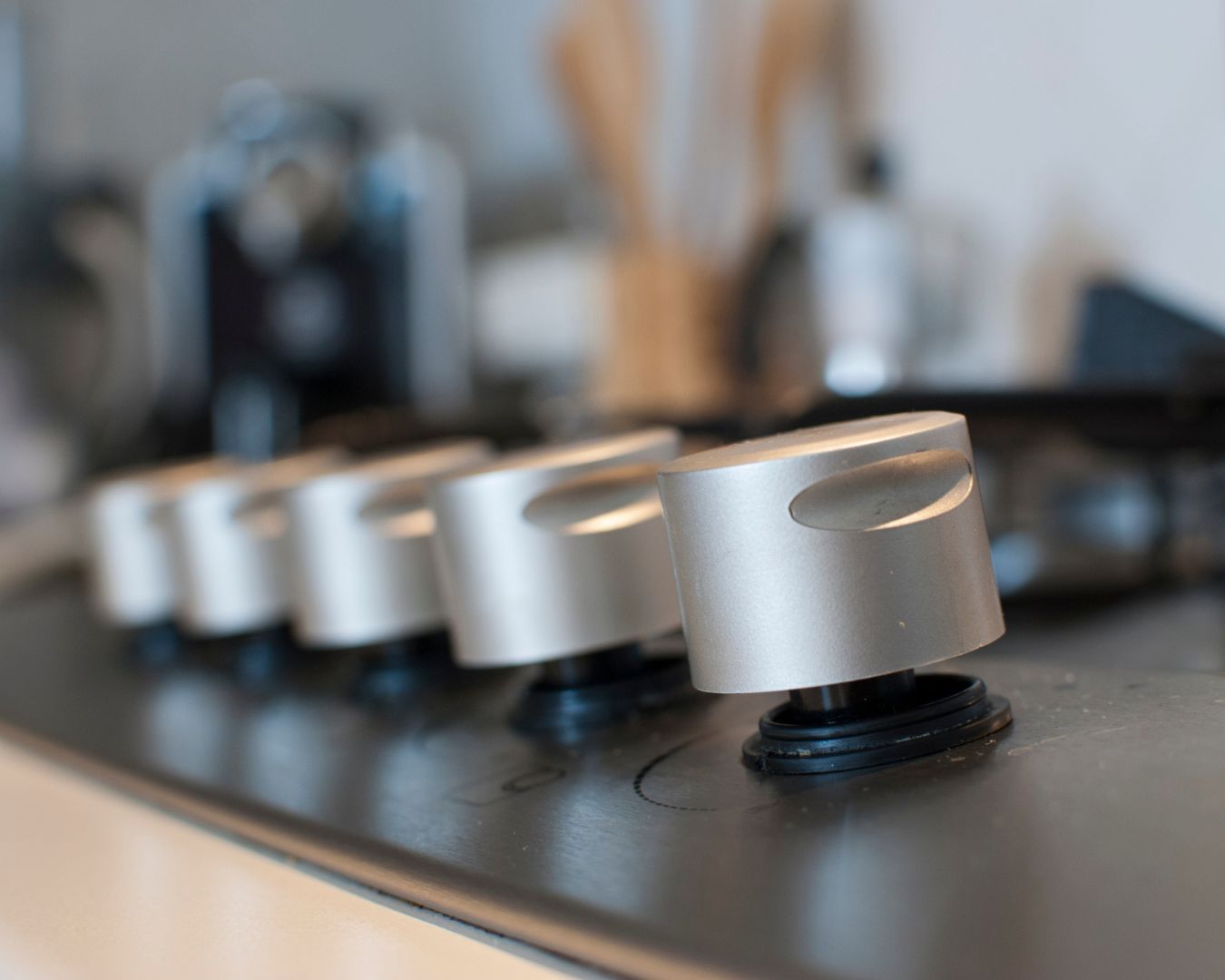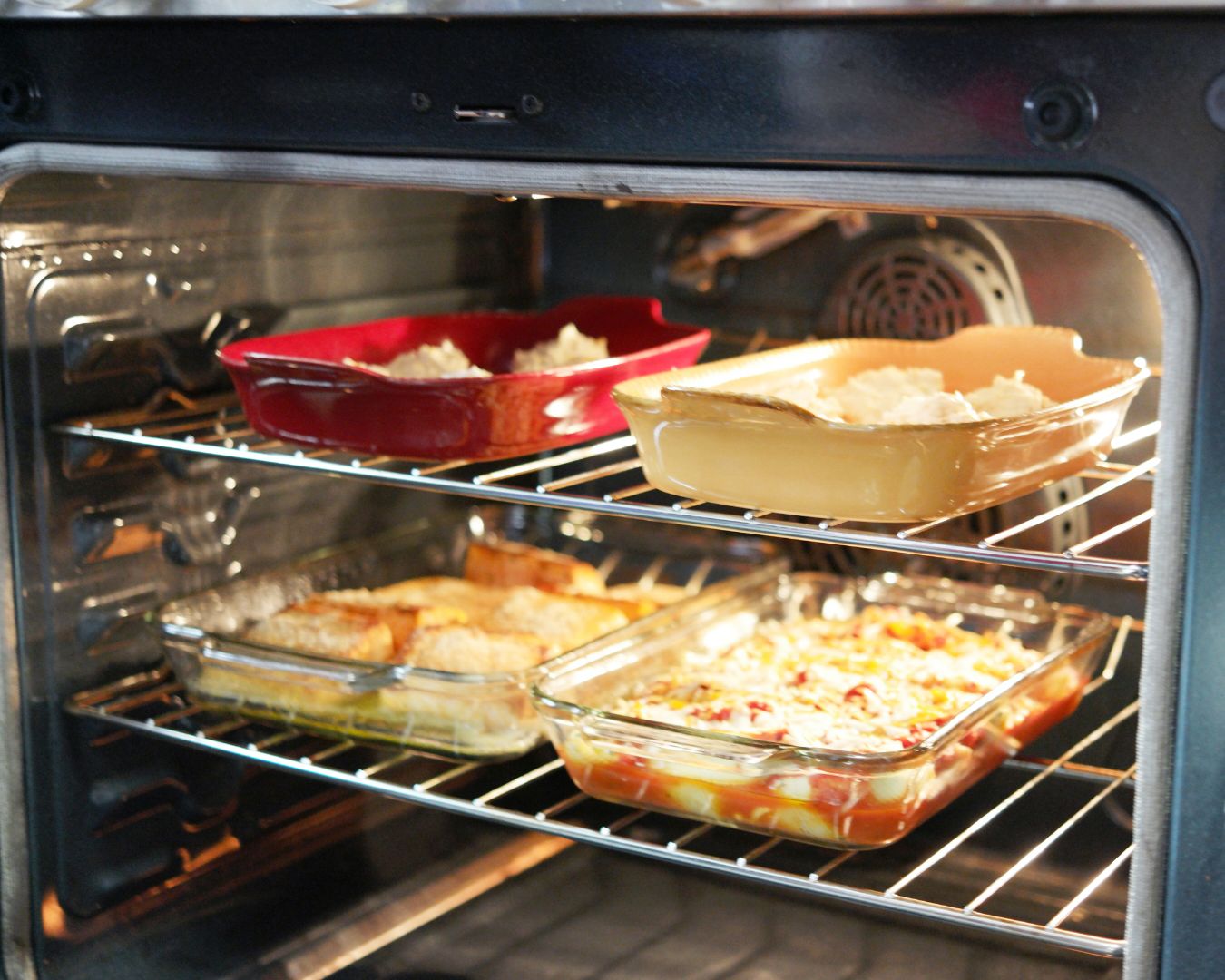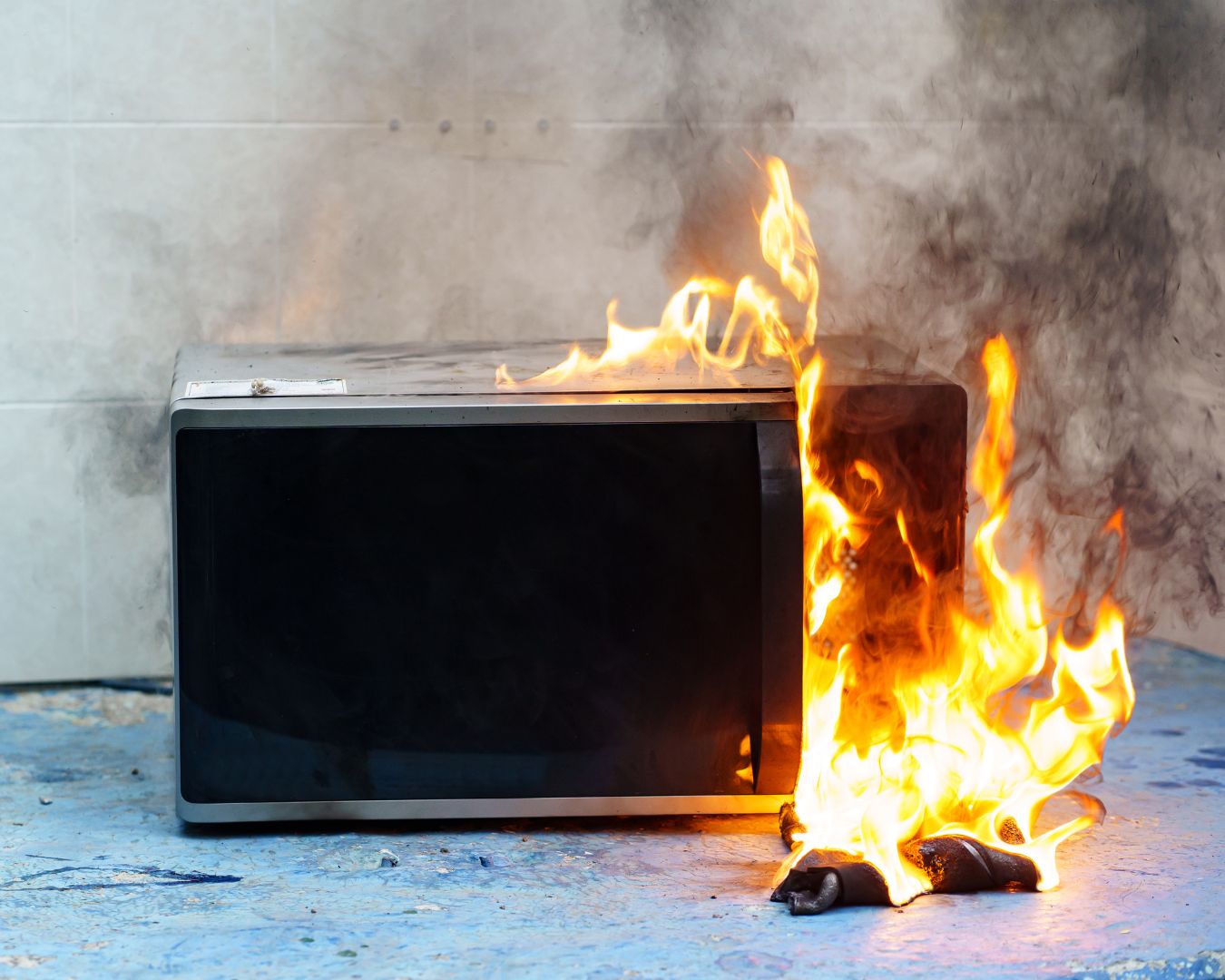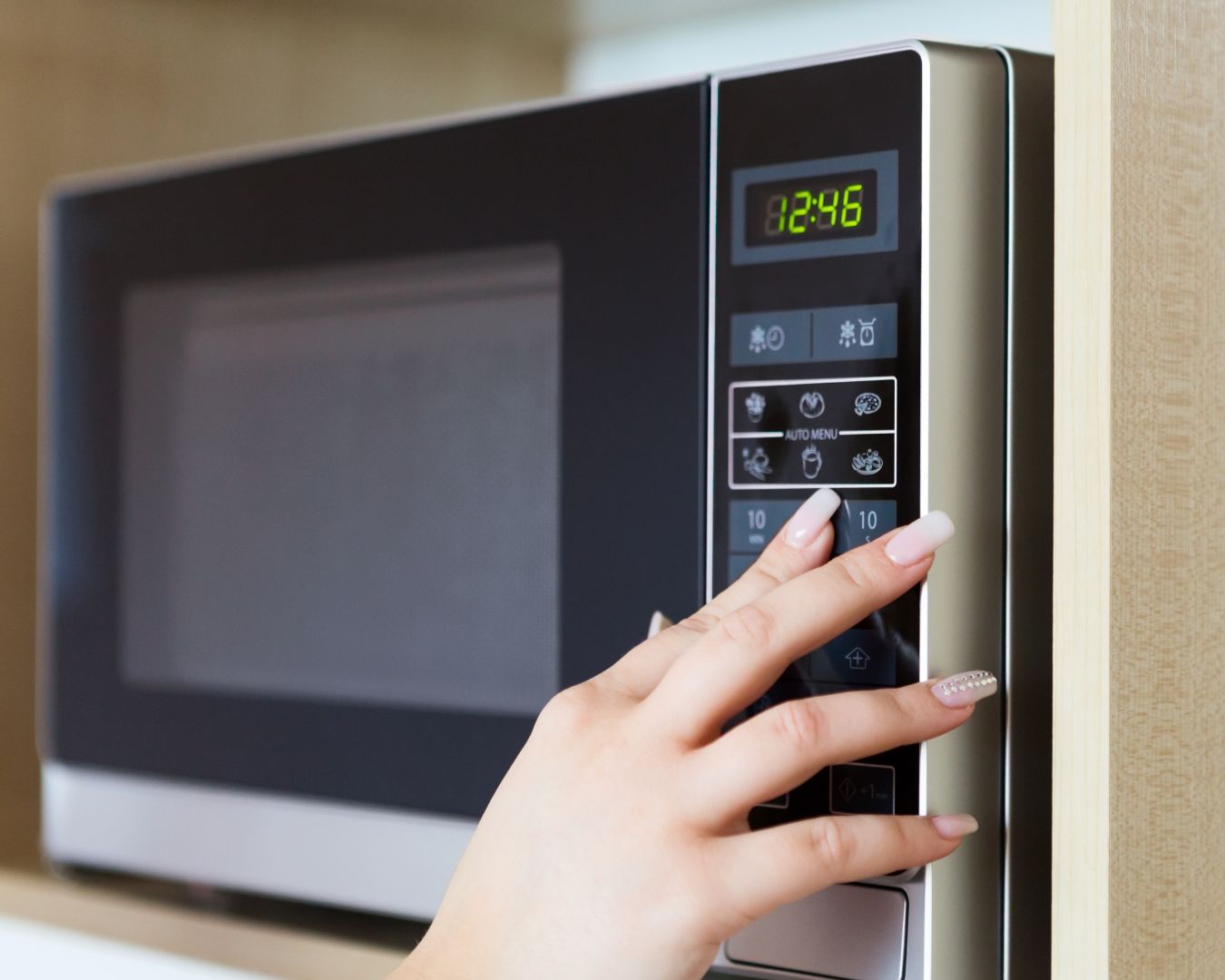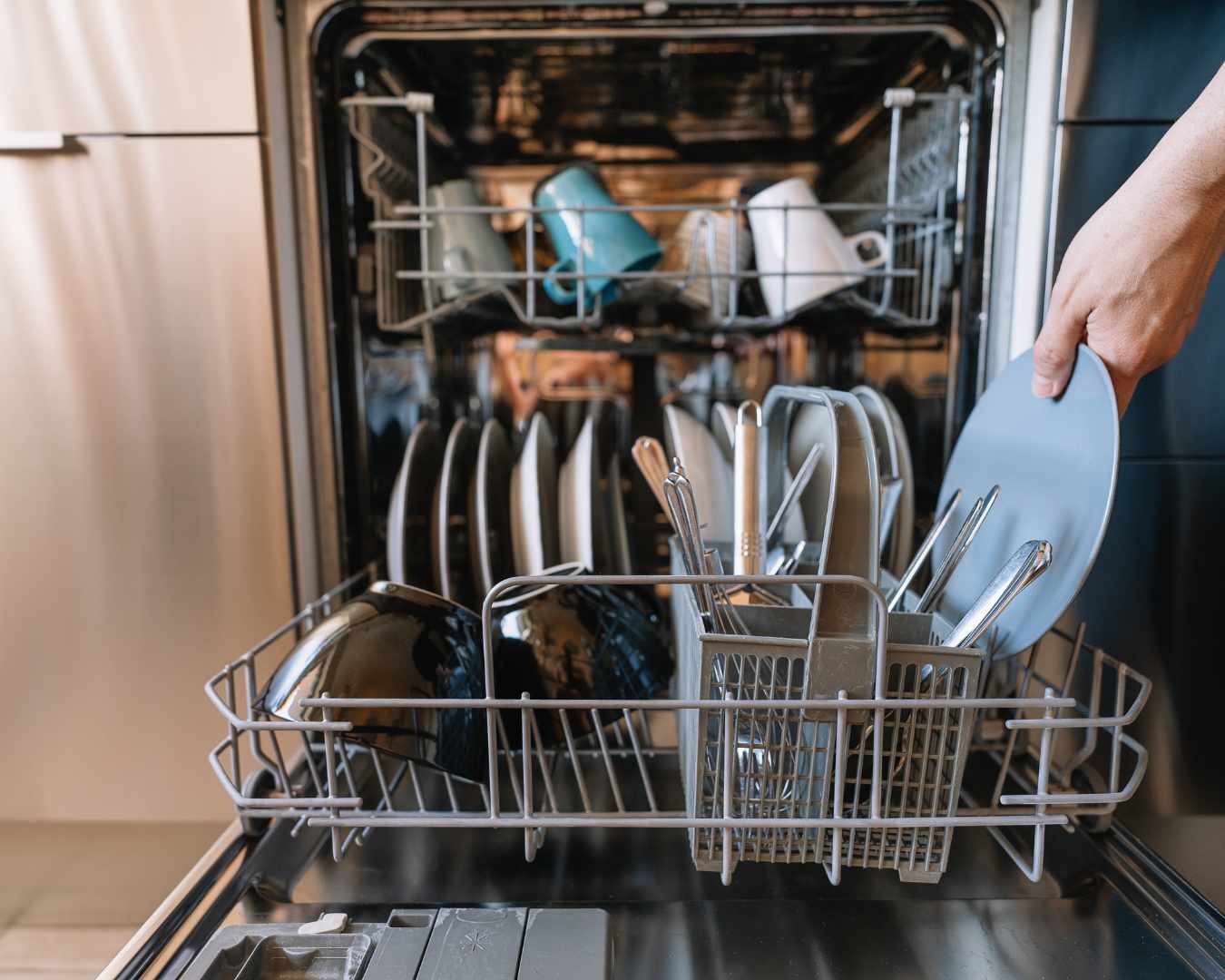Inverter Technology: The Key to Evenly Cooked Microwave Meals
Microwaves have become an essential kitchen appliance, offering convenience and speed in our busy lives. However, one common frustration with traditional microwaves is uneven cooking, often resulting in hot spots and cold patches. Enter inverter technology—a game-changer in the world of microwave cooking. In this blog post, we’ll explore what inverter technology is, how it works, and why it is the key to achieving perfectly cooked microwave meals. What is Inverter Technology? Inverter technology in microwaves refers to a method of generating microwave energy continuously, rather than in the traditional on-off cycling method. Traditional microwaves operate by switching the magnetron (the component that generates microwaves) on and off, creating bursts of high power followed by periods of no power. This can lead to uneven cooking and inconsistent results. In contrast, microwaves with inverter technology can deliver a consistent stream of energy at different power levels. This means that food is cooked more evenly and gently, preserving texture and flavor. How Inverter Technology Works In a microwave equipped with inverter technology, the power level is controlled more precisely. Instead of cycling between full power and no power, the inverter modulates the microwave energy to maintain a steady power output. This continuous energy flow ensures that the food cooks evenly throughout, eliminating the common issue of hot and cold spots. Benefits of Inverter Technology Choosing the Right Inverter Microwave When selecting an inverter microwave, consider the following factors: Inverter technology represents a significant advancement in microwave cooking, addressing the long-standing issue of uneven heating. By delivering continuous, precise energy, inverter microwaves ensure that your meals are cooked evenly, preserving their flavor and texture. If you’re looking to upgrade your kitchen appliances, consider investing in a microwave with inverter technology. It’s a small change that can make a big difference in your cooking experience.

